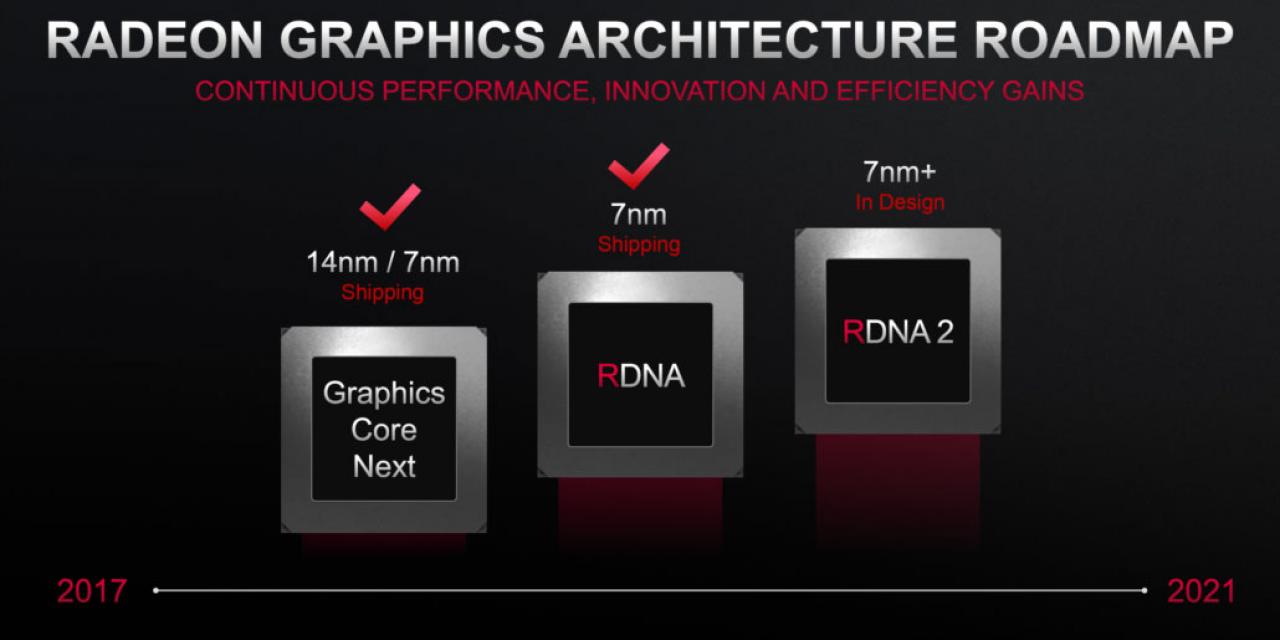
AMD's first-generation Navi graphics cards, the RX 5700 and 5700 XT made their grand appearance alongside AMD's stellar Ryzen 3000 CPUs in July 2019, but they were just the first salvo in its attempt to claw back market share from Nvidia. Following on from those popular GPUs, we expect a new RX 5500 and 5500 XT before the end of the year, and shortly after them, we may see the debut of a new generation of RDNA 2-based GPUs in January.
RDNA is the architecture inside AMD's latest generation of graphics cards. It stands for, imaginatively, Radeon DNA, and is effectively the core that Navi is a codename for. RDNA 2 is the second generation of that design and like the upcoming Ryzen 4000-series CPUs, is based on a new 7nm+ process node developed by TSMC using its new EUV process. That should make it slightly faster, able to support greater clock speeds, bring down manufacturing costs, and make it more efficient.
All the kinds of things AMD will need if it really does have a "big Navi" GPU in the works. Reportedly internally called the "Nvidia Killer," the Navi 20 GPU is thought to be as powerful as, or even in excess of the capabilities of an Nvidia RTX 2080 Ti. If so, it would be the first time AMD has challenged Nvidia at the top end of the performance spectrum in three years.
WCCFTech suggests that alongside the new process node, RDNA 2 graphics cards will support hardware-accelerated ray tracing, a mix of GDDR6 and HBM2 memory, and a more efficient overall design. AMD has also previously suggested that it would offer ray tracing with cloud implementation — a little like Microsoft's new Flight Simulator ideals — that would help alleviate some of the overhead experienced by local hardware.
It's not known what the new cards will cost just yet, but if AMD is targeting the top of the market with RDNA 2, expect $500 and up prices.








